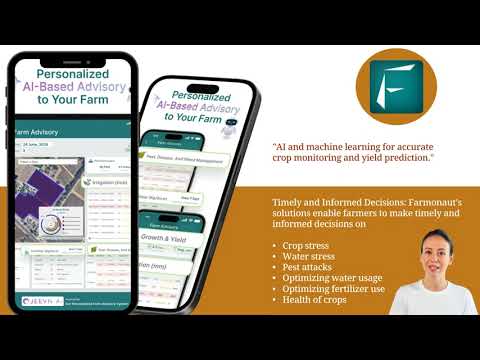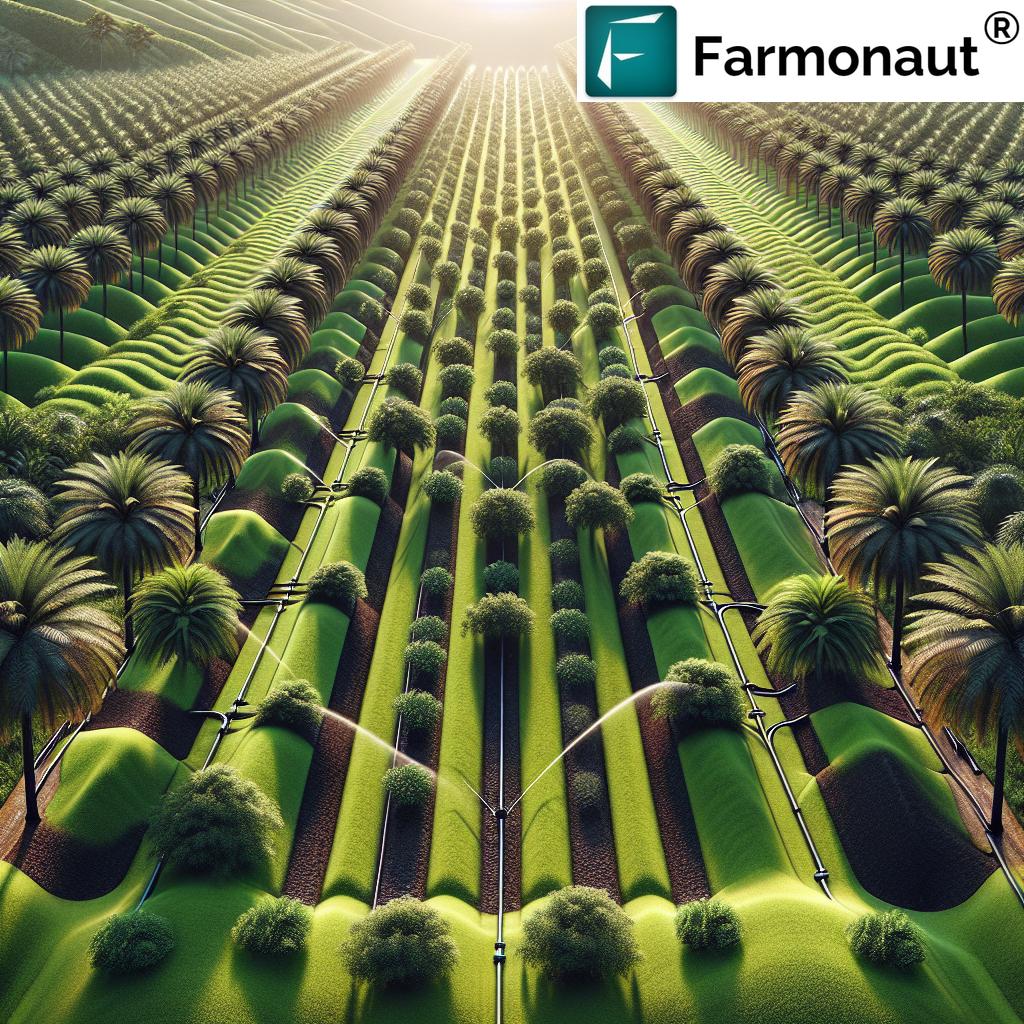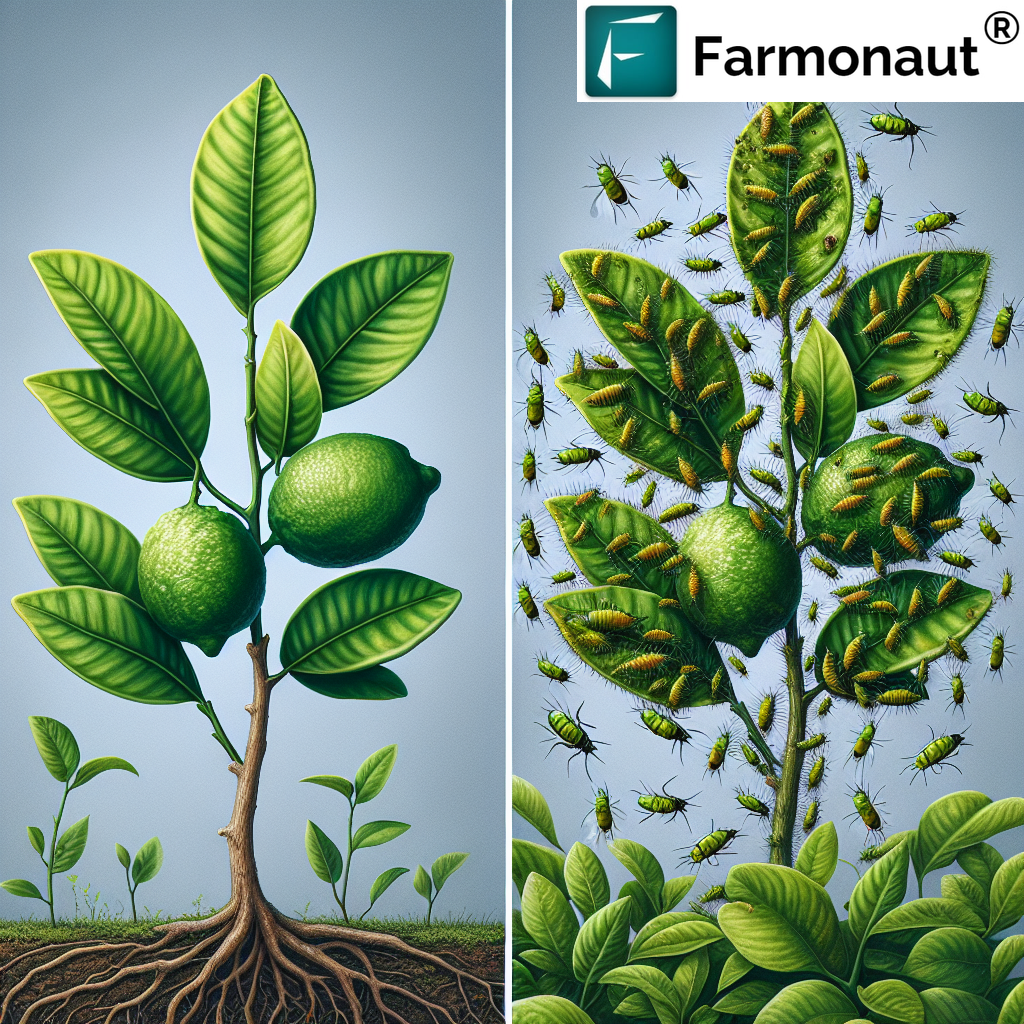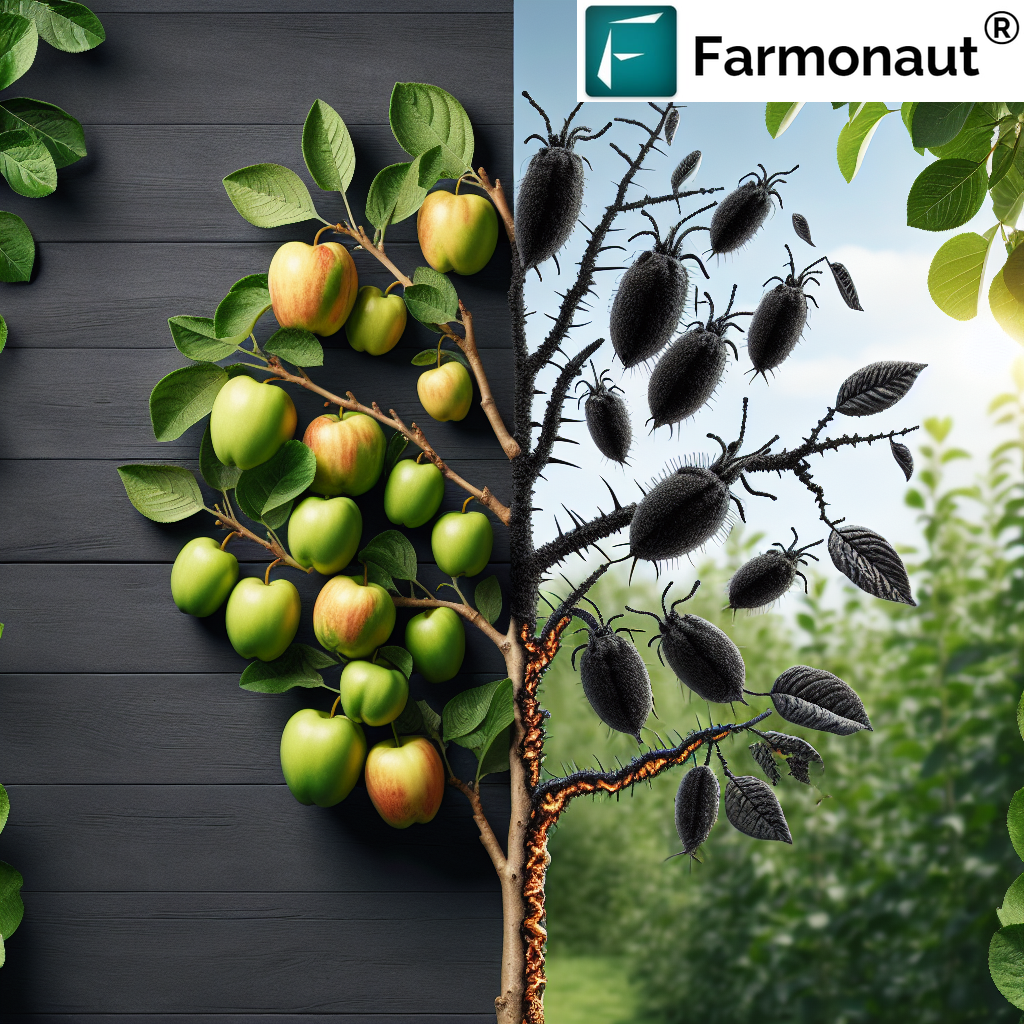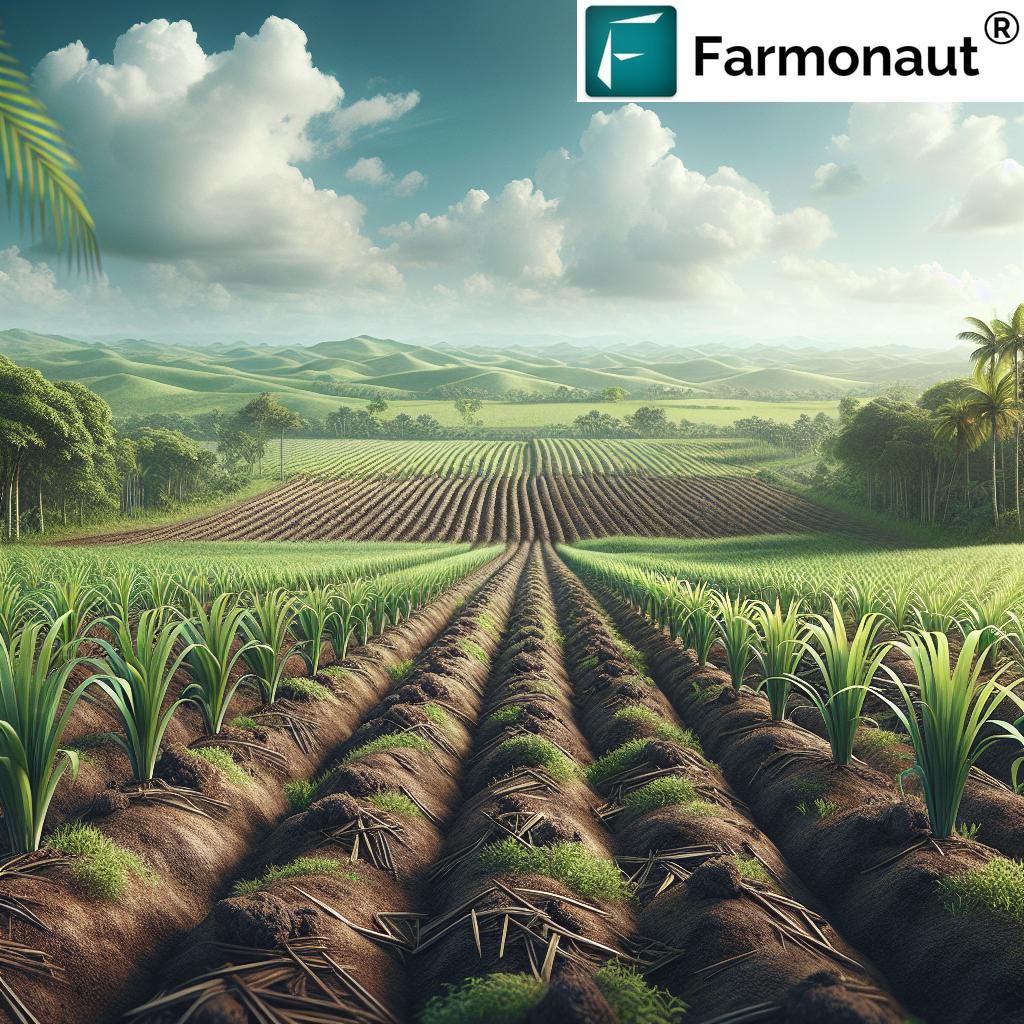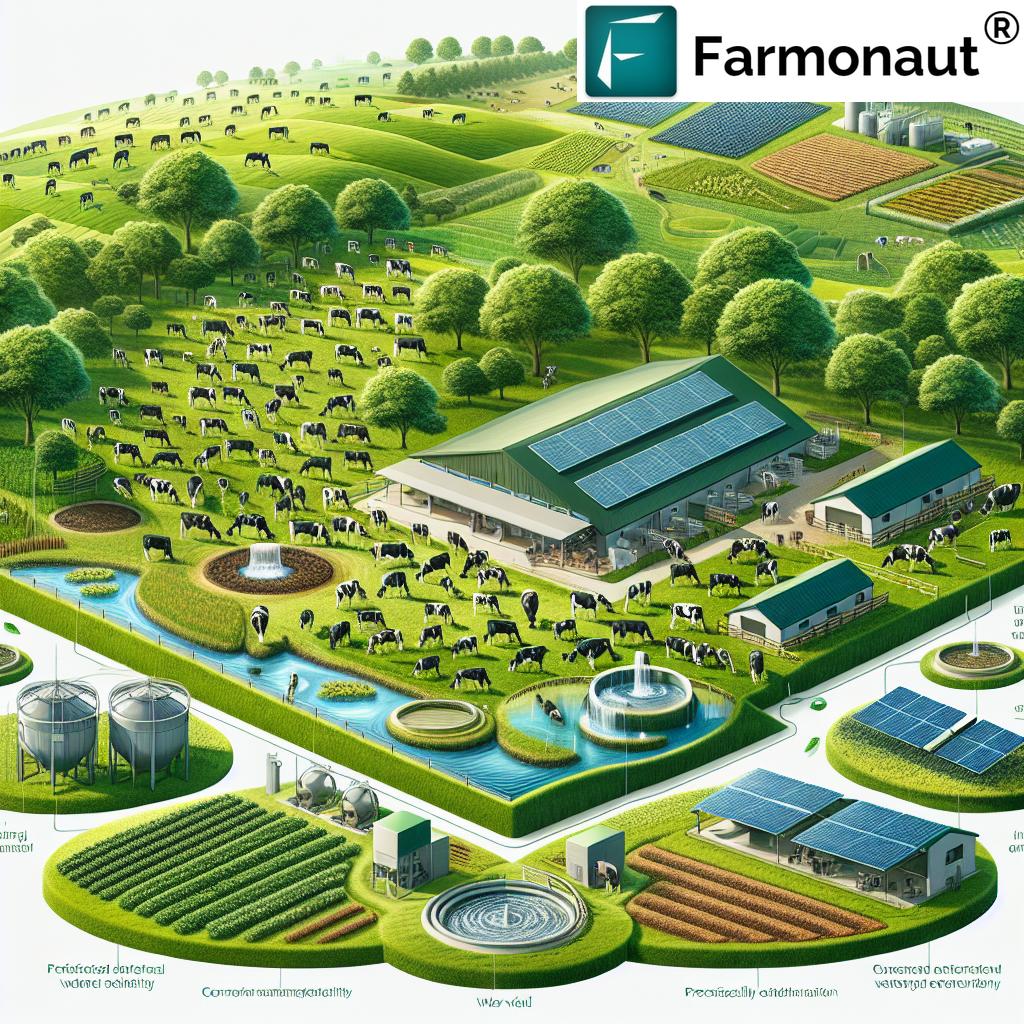Cotton Plant Stages: Key Steps for Growth & Yield
Cotton (Gossypium hirsutum) is a cornerstone of the global textile industry, representing not only a major economic crop but also a resource for a vast range of everyday products. To achieve optimal yield and superior fiber quality, it is essential to understand cotton plant stages—from initial germination through to final harvest. Each stage, from root system establishment to boll maturation, presents unique physiological changes, environmental demands, and management practices aimed at unlocking the full potential of your cotton crop.
In this comprehensive guide, we’ll break down the cotton growth stages—exploring how factors such as soil, water, temperature, and agricultural techniques combine to shape the plant’s development, productivity, and profitability. Whether you are a grower aiming for better yield, an agronomist improving cultivation strategies, or simply curious about the journey of a cotton fiber, this resource empowers you to optimize every phase of your cotton crop.
Overview: Understanding the Cotton Plant Development
The journey of a cotton plant from seeds to fluffy harvest is a testament to sophisticated biological engineering. With the right management and optimal conditions, each stage contributes to overall plant health, yields, and fiber quality. Below is a high-level summary of the primary phases in cotton plant development that farmers must monitor for a successful harvest:
- Germination and Seedling Establishment: Lays the foundation via root structure, cotyledons, and early vigor
- Vegetative Growth: Rapid formation of leaves, branches, and main stem
- Square Formation: First reproductive phase with flower bud formation
- Flowering: Transition to reproductive growth and pollination
- Boll Development: Maturation of seed capsules containing cotton fibers
- Maturation and Harvest: Final stages where bolls open for cotton picking
Cotton Plant Growth Stages Overview Table
Germination and Seedling Establishment: The Foundation of Cotton Plant Growth
The cotton germination process signifies one of the most critical early stages in cotton plant development. Proper germination and seedling establishment ensure a uniform stand, robust root systems, and eventual field productivity.
Key Activities During Germination
- Water Absorption: Cotton seeds imbibe moisture, activating metabolic pathways for growth.
- Taproot and Root System Establishment: The taproot breaks through, anchoring the plant and starting nutrient uptake.
- Cotyledons Expansion: These initial “seed leaves” emerge, providing the first energy to the cotton seedling.
Optimal conditions for cotton cultivation at this phase involve soil temperatures close to 34°C (93.2°F), moist but not saturated soil, and the absence of soil crusting which can impede emerging seedlings. Seeds typically sprout within 4–10 days post-planting, although varieties and seed treatments can influence this window.
Best Practices for Successful Germination and Establishment
- Use certified, high-quality cotton seed—checked for germination rate and health.
- Maintain optimal moisture through pre-irrigation and proper soil management.
- Avoid planting in overly cold or wet soil; such conditions reduce germination rates and increase disease risk.
- Ensure soil is finely textured to allow for easy root penetration and seedling emergence.
Tip: Early pest control is essential as seedlings are especially vulnerable to insects and soilborne pathogens.
Vegetative Growth Phase: Building Cotton Plant Structure
Once established, the cotton plant enters a fast-paced vegetative growth stage. Here, the focus is on structural development: expanding leaves, lengthening the main stem, and forming branches and roots. The number and health of these organs set the capacity for future reproductive output and ultimately the potential yield.
Key Features of the Vegetative Phase
- Rapid Leaf and Branch Formation: New nodes along the stem develop, allowing for extensive canopy formation. Sympodial (fruiting) and monopodial (vegetative) branches both emerge.
- Root System Expansion: Lateral roots proliferate, enhancing water and nutrient uptake capacity.
- Soil and Nutrient Management: Critical for sustaining fast growth rates and prepping for the first reproductive structures.
Optimizing Conditions During Vegetative Growth
- Maintain regular soil moisture—drought at this phase can permanently limit plant size.
- Adequate sunlight exposure maximizes photosynthetic output.
- Apply fertilizers rich in nitrogen, phosphorus, and potassium, often split into several doses.
Proactive monitoring for weeds is crucial as competition can slow cotton plant development. Keep an eye on foliar diseases which may first appear on expanding leaves.
Square Formation in Cotton: The First Step Towards Reproduction
After the initial surge of vegetative growth, cotton plants shift focus to square formation. “Squares” are small, triangular buds that grow at nodes on fruiting branches and will eventually produce cotton flowers. This phase usually begins 35–47 days after planting, but is tightly linked to variety and temperature.
Key Aspects of Square Formation
- Squares form first on the lowest reproductive branch, then progress upward.
- Each square requires roughly 21 days (under ideal heat accumulation) to develop from the “pinhead” stage to full bloom.
- Environmental conditions, pest attacks, and nutrient stress highly influence square retention—square loss is a major factor limiting cotton yield.
Management Tips for Maximizing Square Formation
- Monitor for insect pests (bollworm and others) that can destroy developing buds.
- Ensure consistent irrigation; avoid moisture stress which predisposes to square drop.
- Maintain optimum nutrition—K (potassium) and N (nitrogen) are especially important at this time.
- Heat units (the accumulated warmth above a minimum threshold) strongly influence the speed of development; in cooler climates, squares may take longer to reach bloom.
Regular scouting for both visible squares and early insect presence during this window is crucial for high yields at the end of the season.
Cotton Flowering and Pollination: The Critical Reproductive Phase
With the arrival of flowering, the cotton plant transitions firmly from vegetative to reproductive growth. This stage determines how many bolls will be set and ultimately harvested, making it a vital focus point for management and agronomy.
Cotton flowers typically open in the morning, starting as white or creamy flowers, and—as pollination occurs—transition to pink or red within one to two days. Petals fall off within 3 to 7 days, revealing the developing boll at the base. Each fruiting branch can host several flowers, with new branches and squares continually forming as the plant matures.
Key Features of the Flowering Stage
- Pollination generally takes place early in the day on the first day a flower is open. Cotton is largely self-pollinating but cross-pollination may occur.
- Each flower transforms from creamy-white to pink/red as pollination and fertilization finishes.
- Successive flowers emerge every 5–6 days on the same branch; new branches appear every 3 days.
Best Practices for Flowering & Pollination
- Maintain adequate water; moisture stress at flowering dramatically lowers retained squares and yield.
- Optimal temperatures (25–32°C) ensure successful fertilization—avoid stress from excessive heat or unseasonable rains.
- Support pollinator activity by minimizing the indiscriminate use of insecticides.
- Closely monitor for pests (like bollworms) and diseases that attack flowers and young bolls.
Boll Formation and Development in Cotton: The Source of Fiber and Seed
Following successful pollination, the fertilized flower’s base swells to form the cotton boll—the fruiting body encasing developing seeds and the critical cotton fibers that supply the textile industry. Boll formation in cotton and its progression over the next 55 days are pivotal to the quality and profit of your crop.
- Boll development begins as the petals wither and drop, with the young boll initially green and small.
- Inside, fibers elongate from the seed’s coat, later thickening and accumulating cellulose. The number of seeds per boll typically ranges from 32 to 40.
- Full maturity is reached once the fibers and seeds are completely formed, the boll’s walls dry, and buildup of internal pressure leads to “cracking” (opening) of the boll.
Environmental factors during this phase—especially prolonged hot (>35°C), dry spells, or waterlogging—can impair fiber elongation and reduce both yield and quality. Even a short period of high stress can cut cotton yield by 20% or more.
Tips for Improving Boll Development and Fiber Quality
- Keep soil moisture steady—apply supplemental irrigation if rainfall is inadequate, but avoid wetting the crop during boll cracking (harvest phase).
- Split-apply potassium and avoid excessive late nitrogen applications (which can delay maturity).
- Monitor closely for bollworm and other boll-damaging pests; regular field inspections pay off.
For advanced monitoring, growers should consider remote-sensing or satellite-based crop management for real-time stress detection throughout the boll development period. Our Large Scale Farm Management App is designed to track crucial crop indicators and forecast yield using satellite analytics.
Cotton Maturation and Harvest: Securing Yield and Fiber Quality
As cotton bolls reach full maturity, they dry out and split open—revealing the iconic fluffy fiber that’s the raw material of the world’s textile products. Proper timing of the harvest is essential both for maximizing crop yield and ensuring the highest fiber quality.
- The maturation stage generally spans 20–30 days after the last boll forms. Dry, sunny conditions promote uniform boll opening and fiber drying.
- Most regions use mechanical harvesters (cotton pickers or strippers), but manual picking is still common in many smallholder areas.
- Priors to harvest, chemical defoliation may be applied to facilitate clean picking and minimize trash.
Signs of Harvest Readiness:
– Boll is fully open and fiber is fluffy, dry, and pure white.
– Lint pulls easily from the boll.
– Majority (over 60%) of the bolls in the field have opened.
Best Practices for Cotton Harvest
- Schedule harvest to avoid rainfall which can stain or degrade fiber.
- Monitor for late rains or humidity; “wet-picking” should be avoided.
- Timely harvest reduces field losses and preserves maximum fiber quality.
- After picking, store fibers in dry, clean conditions to prevent molding before ginning.
For post-harvest supply chain management and fiber traceability, we recommend implementing blockchain-based traceability solutions throughout the cotton lifecycle. This can increase trust and transparency for the industry and consumers alike.
Improving Cotton Yield and Fiber Quality: Management Strategies
Every stage of cotton plant development offers unique opportunities—and risks—for determining final yield and fiber quality. Integrated agronomic practices and technological interventions optimize resource usage and ensure best results. Here’s how:
Key Factors Influencing Cotton Yield
- Variety Selection: Choose varieties proven to thrive in your area’s environmental conditions.
- Soil Health: Prioritize soil fertility, organic matter content, and balanced nutrient applications across all stages.
- Water Management: Practice regulated deficit irrigation if needed to synchronize with sensitive growth phases, especially during flowering and boll development.
- Pest & Disease Monitoring: Start scouting early, apply Integrated Pest Management (IPM), and adapt quickly to outbreaks.
- Resource-Efficient Practices: Precision input application—achievable with advanced tools like Farmonaut’s Carbon Footprinting—can cut waste and environmental impact.
Improving Cotton Fiber Quality
High fiber quality is determined by the genetics of the variety and the environmental conditions during boll development, but excellent management can maximize your results.
- Balance nutrition—especially keep potassium and boron at optimal supply.
- Balance plant population: Overcrowding reduces fiber length and increases disease risk.
- Protect bolls from late-season insect attack and fungal rot which cause “hardlock” and poor fiber.
- Harvest at full maturity and in dry weather; avoid delayed picking.
Using satellite-driven crop monitoring and traceability, as offered via our Large Scale Farm Management App, empowers large growers and agribusinesses to track plot-by-plot performance and optimize every input for superior yield and fiber outcomes.
How Farmonaut Supports Cotton Cultivation Across All Stages
At Farmonaut, our mission is to make precision agriculture practical, affordable, and accessible to cultivate better cotton crops globally. Our technology suite harmonizes satellite imagery, AI, blockchain, and analytics to solve real-world management challenges faced during each stage of cotton plant development.
What We Offer for Cotton Farmers and Agribusinesses:
- Satellite-Based Crop Health Monitoring: Visualize field vigor, soil moisture, and NDVI trends in real-time on web, Android, or iOS—enabling precision response to emerging stress.
- AI-Driven Jeevn Advisory: Get customized, location-specific advisories for every phase: from planting to harvest.
- Blockchain Traceability: Authenticate origin and batch quality for farm-to-factory supply chain with our traceability layer.
- Fleet & Resource Management: Cut logistics costs and manage on-farm resources using fleet tracking tools and near real-time data.
- Carbon Footprinting: Monitor, reduce, and certify the carbon impact of your cotton crop for more sustainable practices.
- API Access: Developers can integrate our satellite, weather, and advisory data directly into their applications via Farmonaut’s API. See full docs: Satellite & Weather API Developer Documentation
With straightforward subscription plans, growers and large-scale operations can harness the next generation of farm management and cotton yield prediction without the traditional costs of hardware-based systems.
FAQs: Cotton Growth Stages & Cultivation
1. How long does it take for a cotton plant to mature from seed to harvest?
Generally, the full cycle from germination to final harvest takes 160–180 days, passing through distinct stages: germination, vegetative growth, square formation, flowering, boll development, and maturation.
2. What are the optimal temperature and soil conditions for each stage?
Germination is best at 28–34°C in well-drained, moist soil. Vegetative growth thrives at 25–32°C with sustained sunlight. Boll development is optimal at 25–32°C. Avoid temperatures above 35°C during boll development, as this can lower yield.
3. Why do squares or bolls drop during growth?
Most commonly, drops happen due to heat stress, drought, pest attacks (such as bollworm), nutrient imbalances, or disease. Early intervention via field monitoring reduces losses.
4. How can farmers improve cotton fiber quality?
Use top-quality, region-adapted seed; balance nutrients, especially potassium and boron; control weeds and pests rigorously; and harvest only mature, dry bolls.
5. What technologies help monitor and manage cotton growth stages?
Satellite-based platforms like Farmonaut offer crop health mapping, nutrient stress visualization, weather forecasting, and advisory integration—empowering prompt and precise interventions during every stage.
Conclusion: Mastering Cotton Plant Growth Stages for High Yields
Mastery of the cotton plant stages—from germination to harvest—is the cornerstone of success for growers, agribusinesses, and the global textile industry. Each phase demands targeted management, informed by real-time data, solid agronomic practices, and technological innovation.
By understanding the interconnected roles of root system establishment, vegetative growth, square and boll formation, flowering, and smart harvest timing, anyone involved in cotton cultivation can push yields higher and maintain top fiber quality.
For the modern farmer, combining these insights with digital, satellite, and blockchain technology yields even greater resilience, efficiency, and transparency across the cotton lifecycle. We at Farmonaut remain committed to providing accessible, affordable, and world-class digital tools to elevate cotton production and sustainability worldwide.








